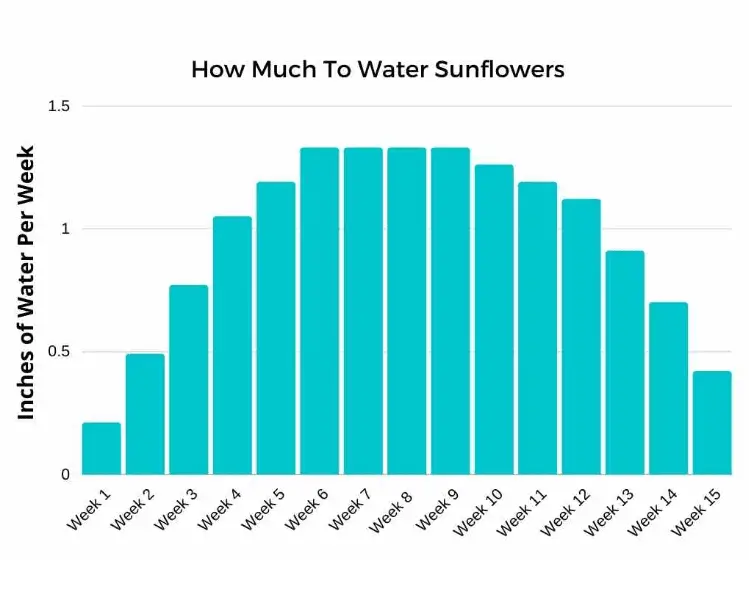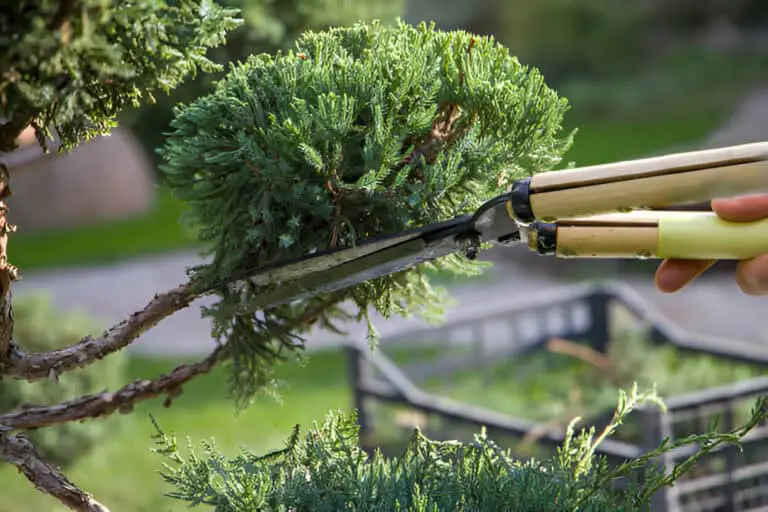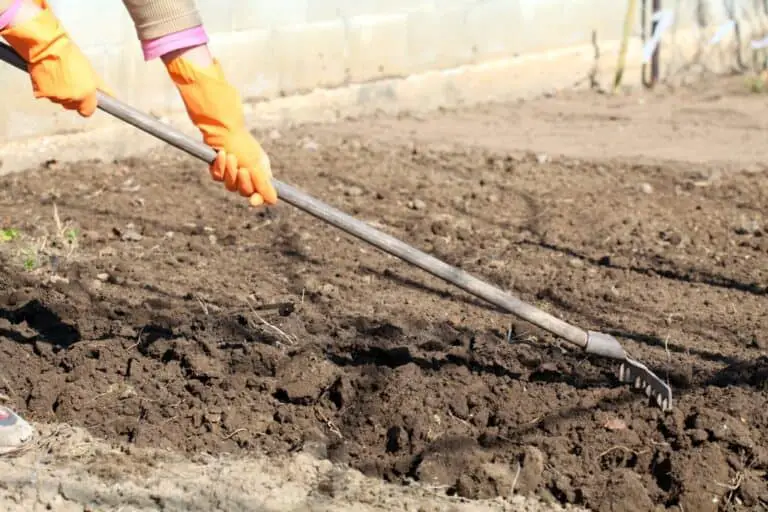Sunflower Watering Requirements: How Often Should Sunflowers Be Watered?

Sunflowers are an iconic plant with the ability to add a pop of color to any garden or area. Gardeners love them because they’re fairly straightforward to grow, with little maintenance needed, they look great, and they attract bees and birds.
Watering sunflowers correctly is important to keeping the plant healthy and preventing problems. You should know the sunflower’s watering requirements and how often you water it. These are dependent on several factors, such as the size of the plant, the weather, and the type of soil. In general, sunflowers should be watered about once a week.
If you’re thinking of growing your own sunflowers at home, it’s important to understand the basics of sunflower watering from seed to maturity in order to produce the healthiest, most vivid blooms.
How Much Water Do Sunflowers Need?
Sunflowers are one of the thirstiest flowers around. They need lots of water.
They can drink up to a gallon of water per day during hot, dry weather. That’s why it’s important to water sunflowers deeply and frequently during the growing season.
To keep your sunflowers healthy and hydrated, water them once or twice a week in the morning. Make sure to wet the soil all the way down to the roots. Allow the soil to dry out somewhat between watering sessions to prevent root rot.

The numbers in the graph above are based on air temperatures of between 70-79 degrees. If during weeks 6-9 air temperatures were between 80-89 degrees, it would call for 1.75 inches of water per week and if temperatures were above 90 degrees, 2.1 inches of water per week.
So, if there’s hot weather, you probably should water more. Mulching on top of soil can mitigate this by keeping the soil cool and helping it retain moisture.
The amount of water a sunflower needs varies depending on multiple factors. The life cycle stage of sunflowers, as well as the temperature and how much rain has fallen, all play a key role in determining how much water your sunflowers will need.
For the best results in sunflower care, the critical stage for watering is from day 45-85 after sprouting. This is the time when the flower head starts to develop until it is in full bloom.
This is similar to most garden plants in that they most need water and nutrition during the flowering and producing fruit phase, or sunflower seeds.
The numbers above include rainfall. To get an idea of how much rain is expected, we use wunderground.com. To know the actual rainfall amount, you can use a container around the house or a wide mouthed rain gauge.
The Department of Agronomy at the University of Missouri recommends keeping the soil very moist while a sunflower is germinating. Moisture is critical for a sunflower seed germination as it activates catalysts within the seed, mixes with starches or proteins within the seed to form a soluble that will feed the small plant embryo, and softens the shell of the seed, making it easier for the seedling to sprout.
How Do You Know If Sunflowers Need Water?
To check if your sunflowers need water, there are some areas that need to be paid close attention to.
- To check if your sunflowers need water, look for wilting or drooping leaves. If the leaves are wilted or the plant is drooping, it means the sunflower needs water.
- Another way to know if a sunflower needs water is by looking at the flowers. If the flowers are drooping, then this means that they are not getting enough water.
- Check the soil, stick your finger about an inch into the ground. If the soil feels dry, it means the plant needs water. If the soil feels moist, it means the plant doesn’t need water.
How Often To Water Sunflowers
With their tall stems and large blooms, one might think that sunflowers need near-constant attention and watering. Luckily, however, this is not the case. Sunflowers are actually quite drought resistant due to their long, branching roots.
This means that they can continue accessing water even when it is deep down in the soil, making them less high-maintenance than your typical garden plant.
When you first plant your sunflowers, water the soil lightly and regularly to retain near-constant moisture until the seeds germinate.
You should water sunflower plants 1-3x a week depending on air temperatures, rainfall, and the stage of growth the plants are in. To know if you need to water or not, feel the soil about 3 inches deep. If it is mostly moist, leave it be, and if it is mostly dry, add water.
Feel the soil between your fingers to get an idea of the consistency when it is mostly dry and wet. Monitor your sunflowers for signs of drought or overwatering and adjust the frequency of irrigation as needed.
How Deep Do Sunflower Roots Grow?
Sunflowers need to put down long, branching roots in order to support their tall height and access as much water and nutrients from the soil as possible.
A sunflower will grow one long, primary taproot which extends deep down into the soil while having many smaller, secondary roots branching off of it.
The sunflower tap root system has been known to reach up to 15 feet down into the soil but will regularly be between 30-50″ down! (The US Sunflower Industry, Page 2)
Of course, if you are growing sunflowers in a home garden or container, this imposes space restrictions on the plant. Your sunflower’s roots might not grow as deep as they would if they had unlimited soil depth to access.
Also, different cultivars or types of sunflowers tend to have different average root depths; for example, a dwarf cultivar’s roots will never grow as deep as those of a giant cultivar.
If you’re deciding on a sunflower to plant at home, research the particular cultivar you want to grow to determine what root depth you can expect. Then, make a decision based on how much space you have allotted for your sunflowers.
Can You Overwater Sunflowers?
Like any other plant, sunflowers need water to grow and thrive. However, sometimes too much of a good thing is a bad thing.
When the soil is oversaturated with moisture and not draining, your sunflower’s roots will constantly be water-logged. Soggy roots lead to problems like root rot, mildew, and diseases that can lead to the death of the plants.
Always keep an eye out for standing water around the base of the plants. If there is standing water 24 hours after the last rainfall or watering, something is wrong, and you’ll likely need to move the plants to a different area with better draining soil.
| Feel the soil around the base of your sunflower before watering; if the soil is still dark and moist, skip that watering and re-check the soil moisture the next day. |
Watering Sunflowers in Pots
When watering a sunflower in a pot, you should still follow the basic guidelines we mentioned earlier about how much water a sunflower needs. The main difference, however, will be ensuring that the pot does not become waterlogged or retain too much moisture. Also, potted plants generally need to be watered more often than those in a garden plot or raised bed.
Gardeners should be especially aware of the dangers of overwatering sunflowers if they are growing their plants in a container. Even if you are watering your sunflower appropriately, if your pot or container doesn’t have proper drainage, you could end up waterlogging and killing your plants.
The container that you use should have adequate drainage to allow excess water to freely exit at the bottom. You will also want to water more or less frequently depending on the water-retention properties of the soil that you choose to pot with.
| Water on the florets and stem can cause water damage and promote growing conditions for bacteria and fungi, which lead to disease, so just water at the base of the plant. |
The Best Time of Day To Water Sunflowers
The best time of day to water sunflowers is in the morning before the sun gets too hot. This allows the water to soak into the roots and not evaporate.
Of course, it is perfectly fine to water in the evening. But make sure to do it early enough so that the leaves have time to dry before nightfall. If you water in the evening, you may need to stake your sunflowers so that they don’t fall over.
Sunflower watering requirement once a week is usually enough, but during especially hot weather you may need to water twice a week. Before watering, make sure the soil is dry because overwatering can cause root rot
Watering Tips for Healthy Sunflowers
- Monitor and water sunflowers most frequently during their flowering stage, roughly from day 45-85.
- If you live in a hot or arid climate, you may need to increase the frequency of your watering. Likewise, if you live in a rainy or humid climate, you can dial back the watering and let nature take care of some of the work for you.
- Make sure your container has sufficient drainage at the bottom when growing sunflowers in pots so that water can easily exit the pot.
- Aim for the base of the sunflower when watering- you don’t want to soak the head, leaves or stem of your plant.
- Sunflower roots grow deep into the ground- ensure that you have adequate space in your garden or pot, and make sure you provide enough water to reach all the way to the bottom of the plant’s roots. For containers, always water through so that water drains out of the bottom.
- Water during the early morning is the best time to water followed by the early evening. Watering during midday leads to water evaporation in the air and from the topsoil and watering late at night can lead to disease if the plant’s foliage doesn’t dry off and stays wet through the night.
Conclusion
Watering a sunflower properly is important to sunflower growth. Too much water can lead to problems such as root rot, while too little water will cause the plant to wilt. The best way to water a sunflower is to give it a deep watering about once a week. This will ensure that the plant stays healthy and blooms all season long.
Watering sunflowers correctly is important to keeping the plant healthy and preventing problems. How often you water sunflowers depends on several factors, such as the size of the plant, the weather, and the type of soil. In general, sunflowers should be watered about once a week.






